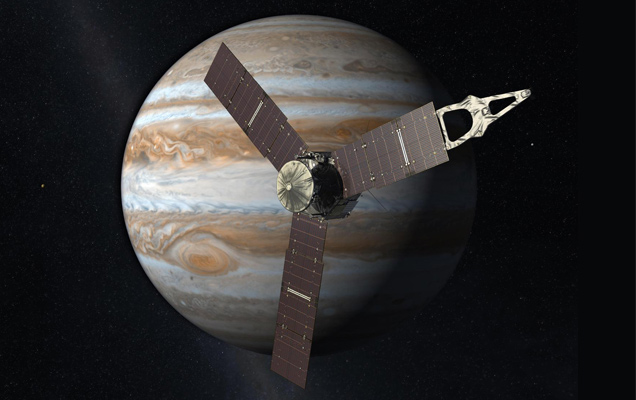
At 318 times the mass of Earth and more than twice the mass of all the other planets combined, Jupiter is the undisputed master of the solar system. But no spacecraft has ever gotten close enough to the gas giant to probe deep beneath its colorful cloud tops to decipher how the planet came together. NASA’s $1.1-billion Juno spacecraft , to be launched on 5 August, will go deep, very deep. Coming as close as 5000 kilometers to the 140,000-kilometer-diameter gas ball, Juno and it’s gravity-gauging system should measure the mass of any rocky core at the center of Jupiter. Whether it has a core massive enough to have pulled in all its gas is the central question in the debate over how Jupiter formed. Other instruments will measure water and different key chemical components, probe the inner workings of the powerful magnetic field, monitor charged particles driving the solar system’s brightest auroras, and, of course, return some stunning close-up color images. Planetary scientists are going to have hold their breath a bit, however: Juno will not arrive at Jupiter until August 2016.
